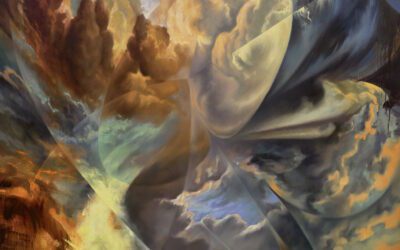[dropcap style=”font-size:100px; color:#992211;”]H[/dropcap]umans are great at recognising faces, but security forces need a computer program to do the job.
Given that Facebook can’t even recognise a pair of knees yet, we’ll believe it when we see it.
Human beings are highly efficient at recognising familiar faces, even from very poor quality images.
Forensics
New research led by a psychologist at the University of York is using advances in the level of detail available in digital photography to harness this human ability for use in forensics.
As the most commonly photographed objects are faces, there is potential in mining detailed facial images for hidden information. Until now, photographers might reasonably have assumed that their own face was absent from the image. But the research, led by Dr Rob Jenkins, of the Department of Psychology at the University of York, overturns this assumption.
Reflections in the eyes of photographic subjects
By zooming in on high-resolution passport-style photographs, Dr Jenkins and co-researcher, Christie Kerr, of the School of Psychology, University of Glasgow were able to recover the faces of bystanders from reflections in the eyes of photographic subjects. The recovered bystander images could be identified accurately by observers, despite their low resolution.
To establish whether these bystanders could be identified from the reflection images, the researchers presented them as stimuli in a face-matching task. Observers who were unfamiliar with the bystanders’ faces performed at 71 per cent accuracy while participants who were familiar with the faces performed at 84 per cent accuracy. In a test of spontaneous recognition, observers could reliably name a familiar face from an eye reflection image.
Dr Jenkins says: “The pupil of the eye is like a black mirror. To enhance the image, you have to zoom in and adjust the contrast. A face image that is recovered from a reflection in the subject’s eye is about 30,000 times smaller than the subject’s face. Our findings thus highlight the remarkable robustness of human face recognition, as well as the untapped potential of high-resolution photography.”
Criminal investigations
The researchers say that in crimes in which the victims are photographed, such as hostage taking or child sex abuse, reflections in the eyes of the photographic subject could help to identify perpetrators.
Images of people retrieved from cameras seized as evidence during criminal investigations may be used to piece together networks of associates or to link individuals to particular locations.
Source: University of York
Photo: Carl Byron Batson. Not to be reproduced without prior permission

Some of the news that we find inspiring, diverting, wrong or so very right.




















